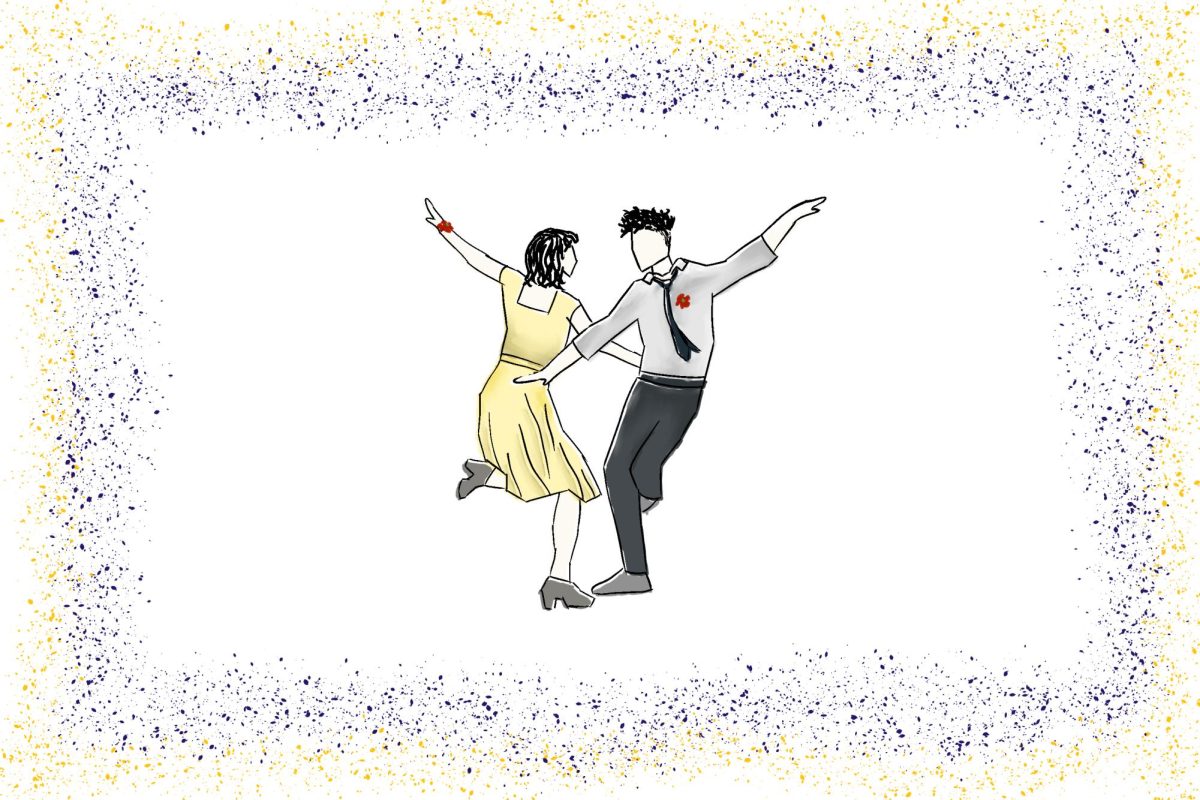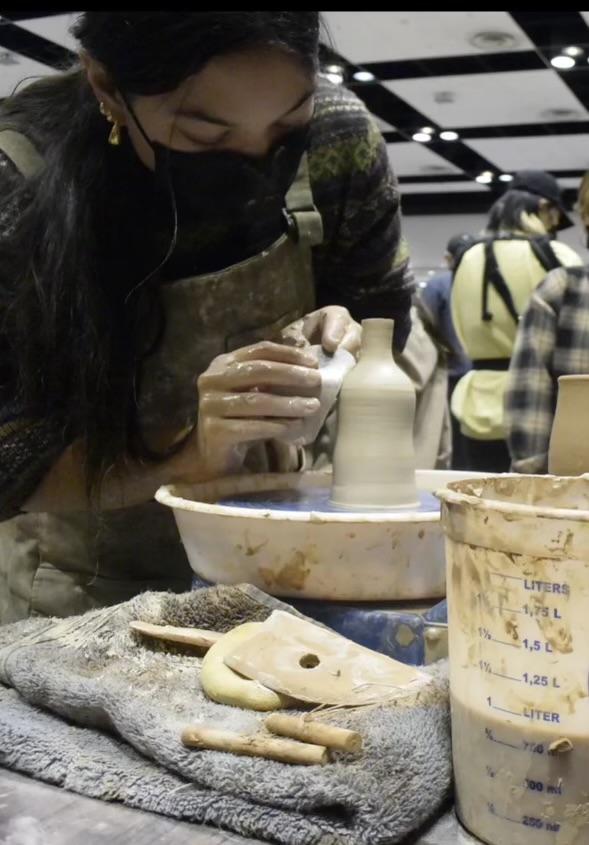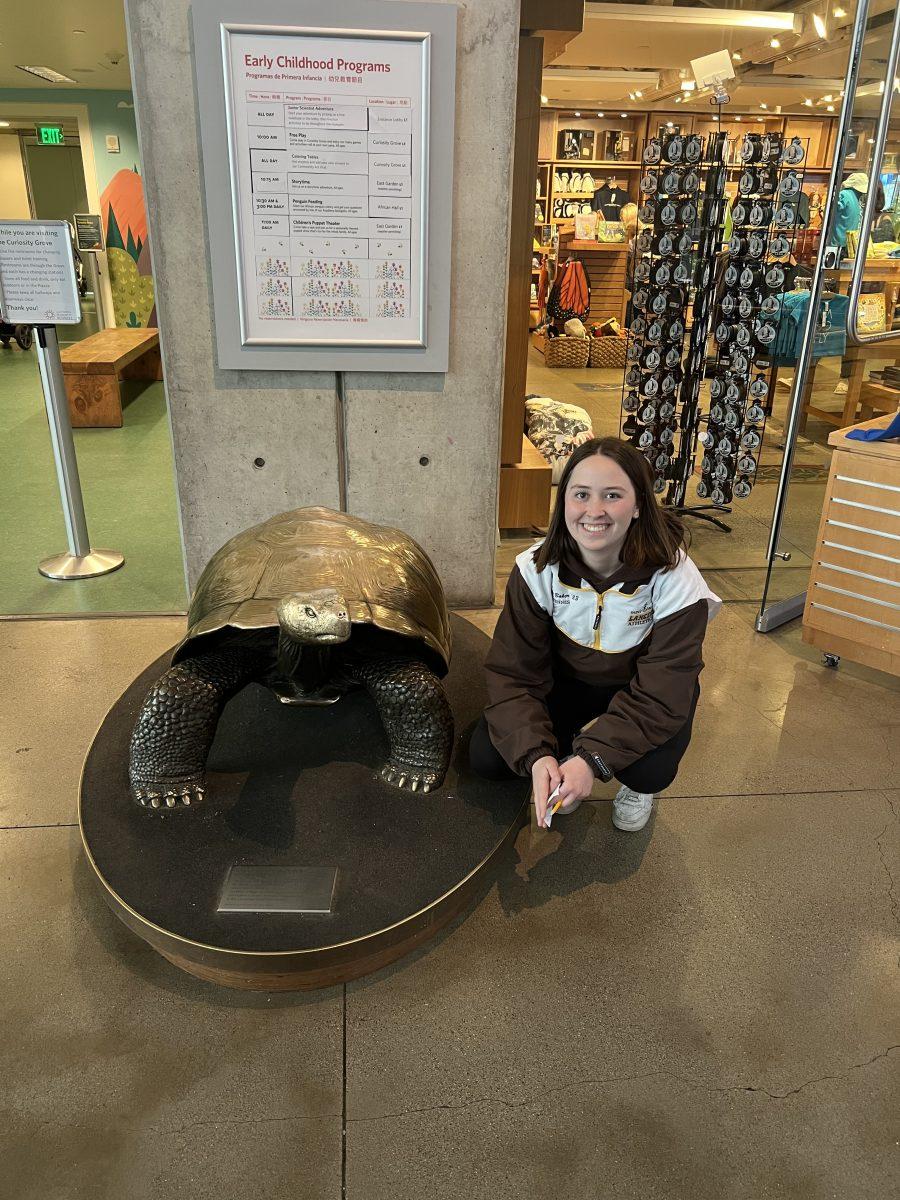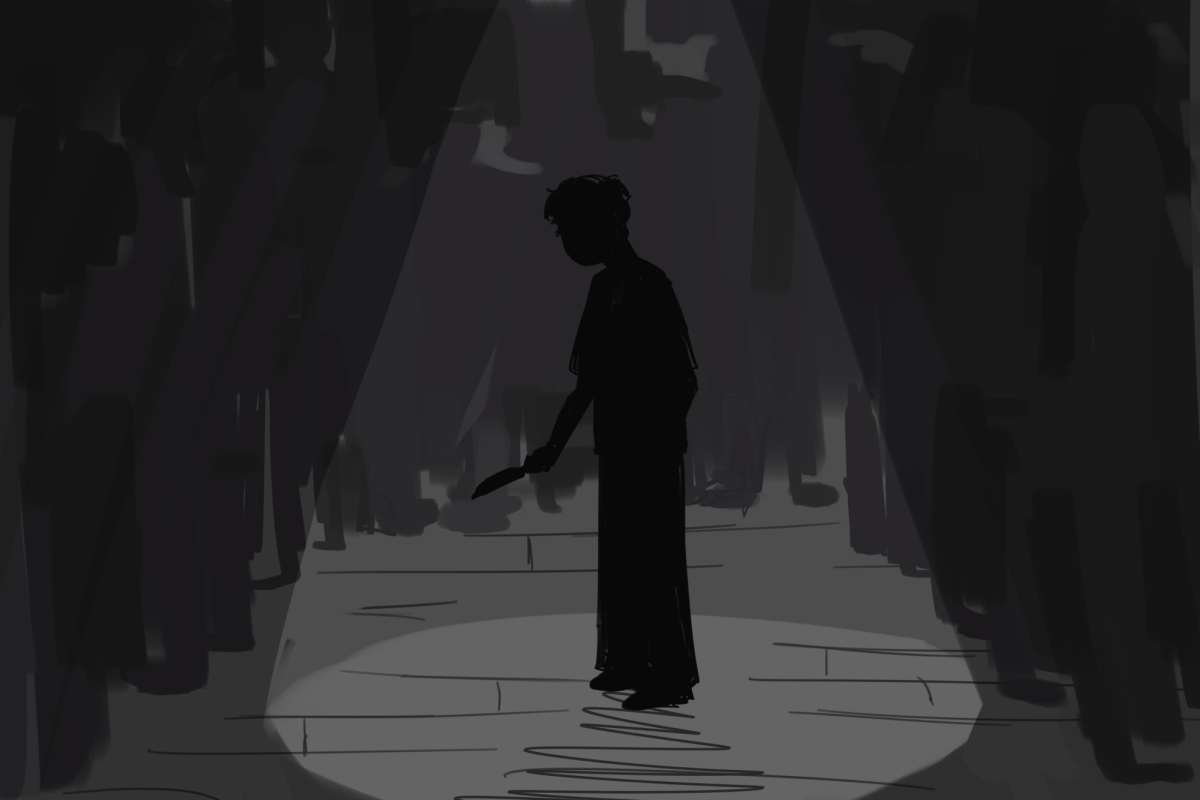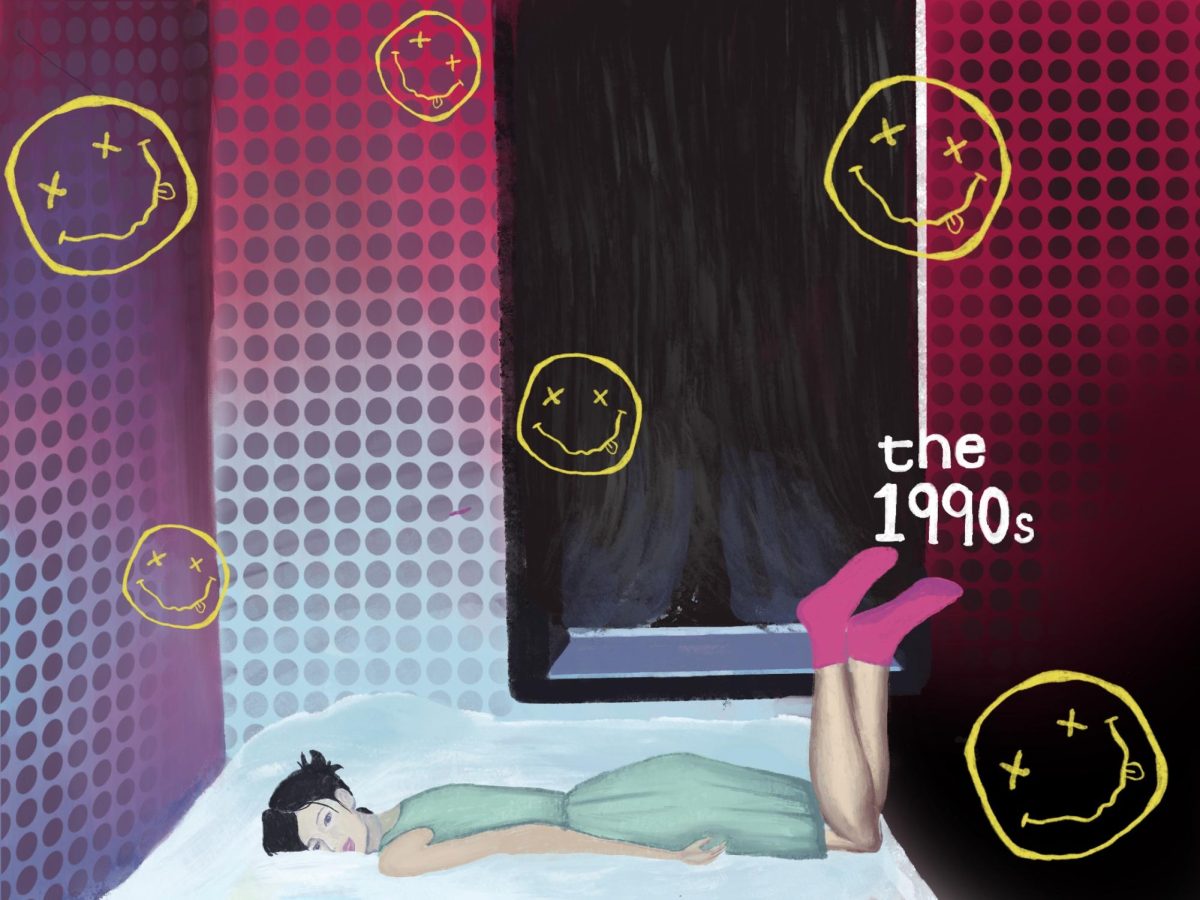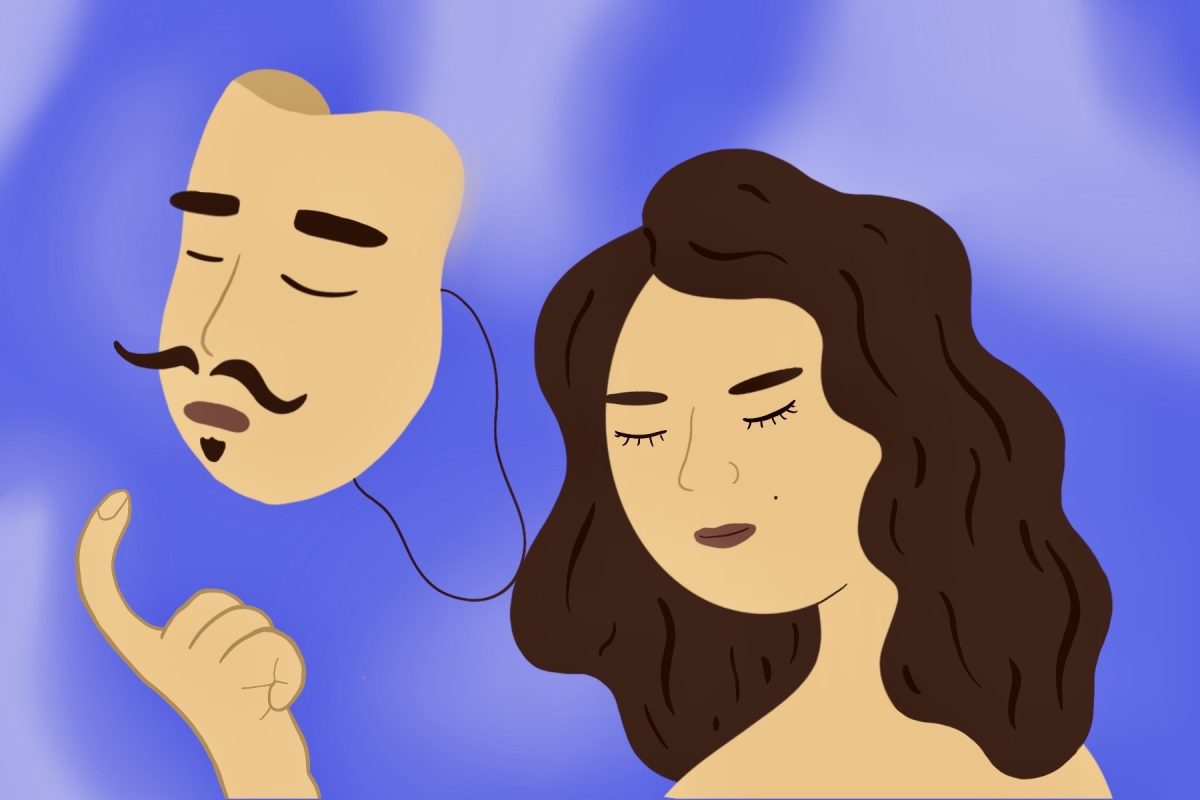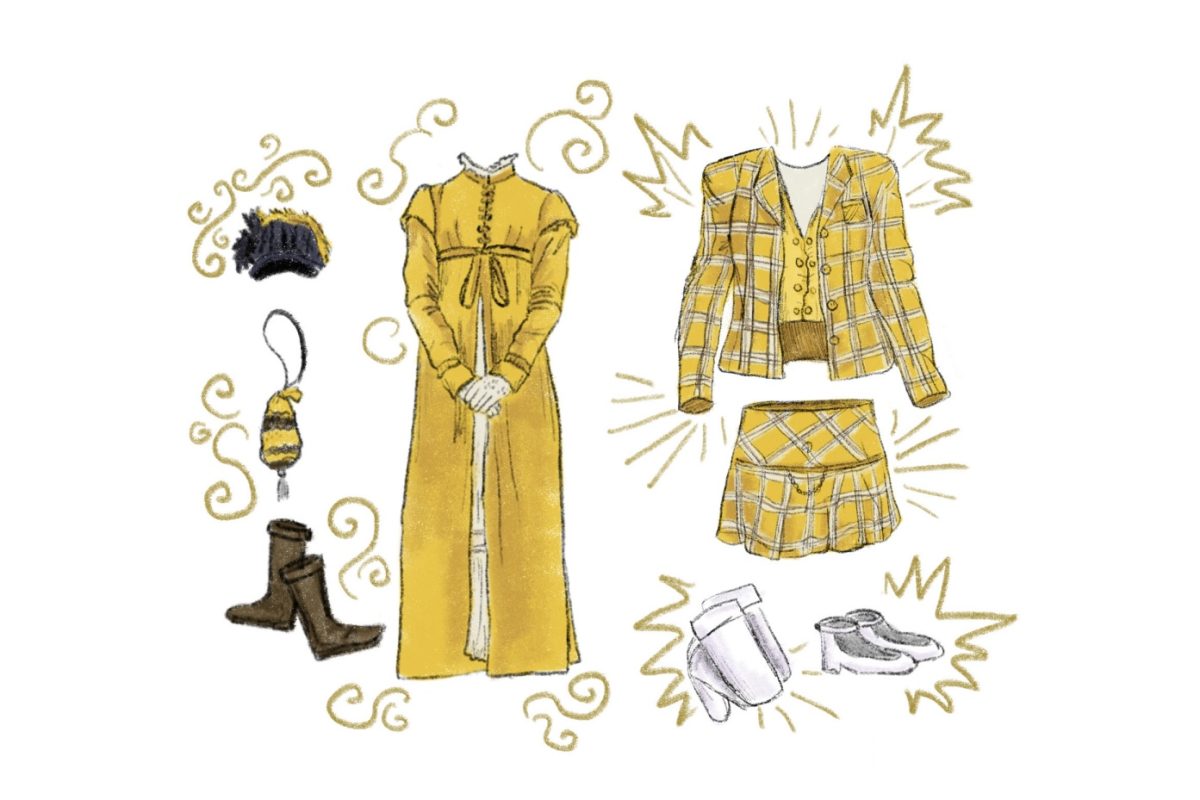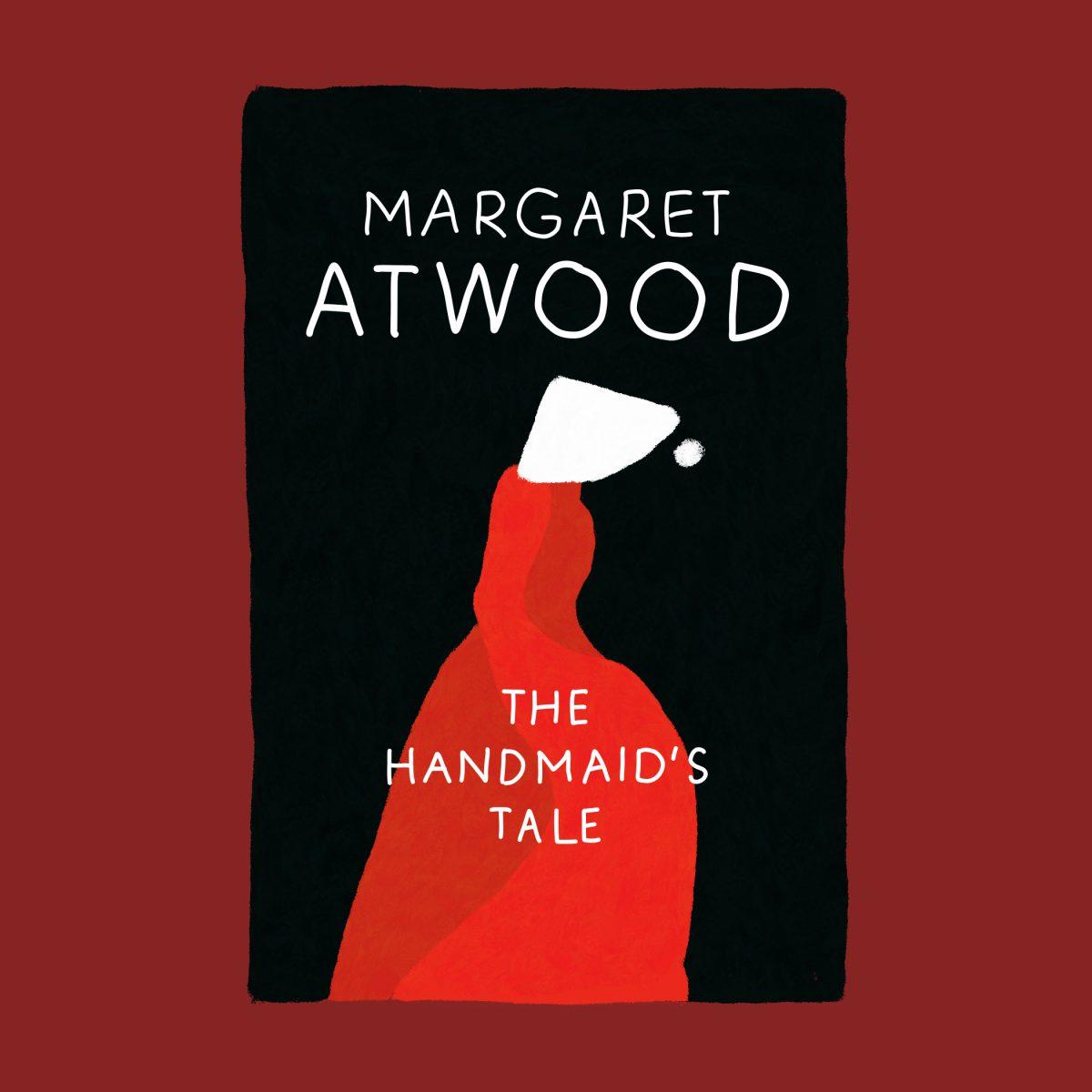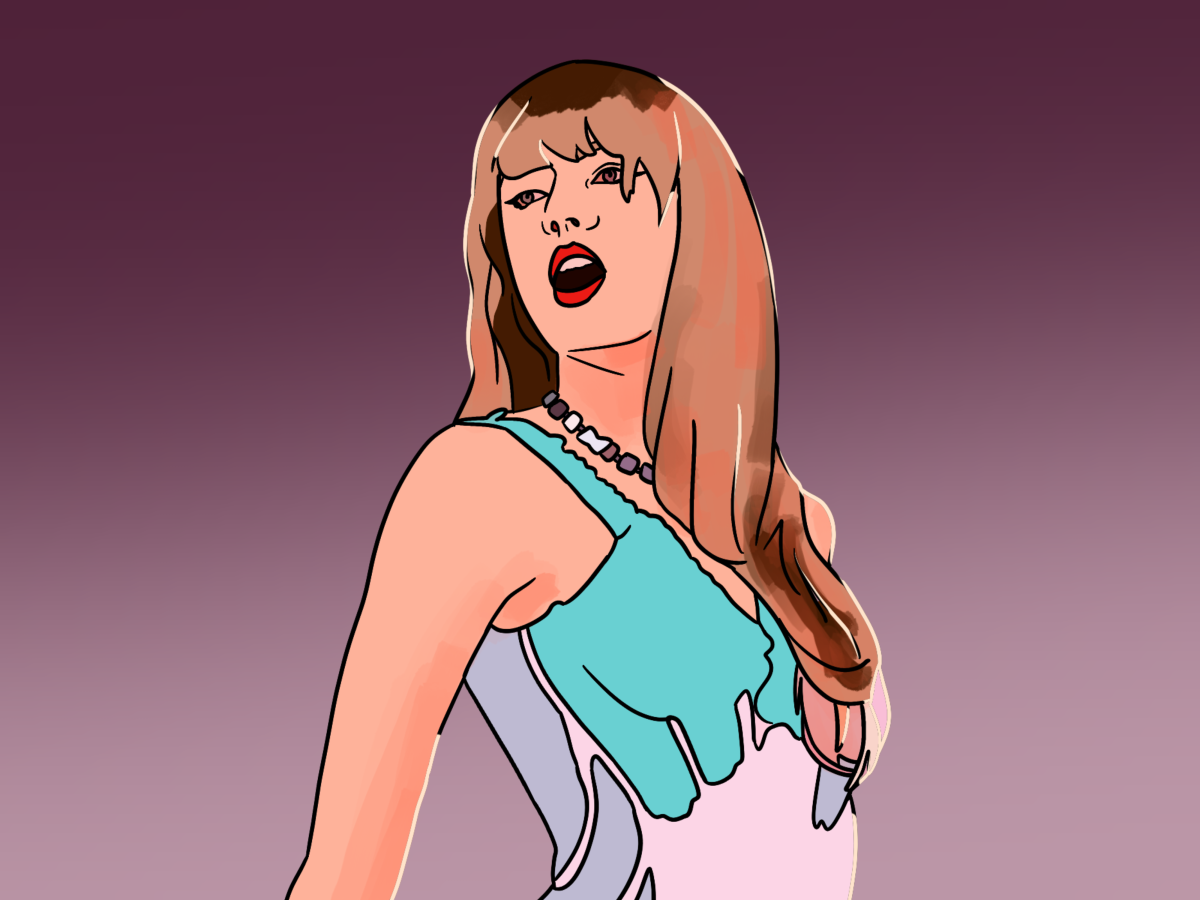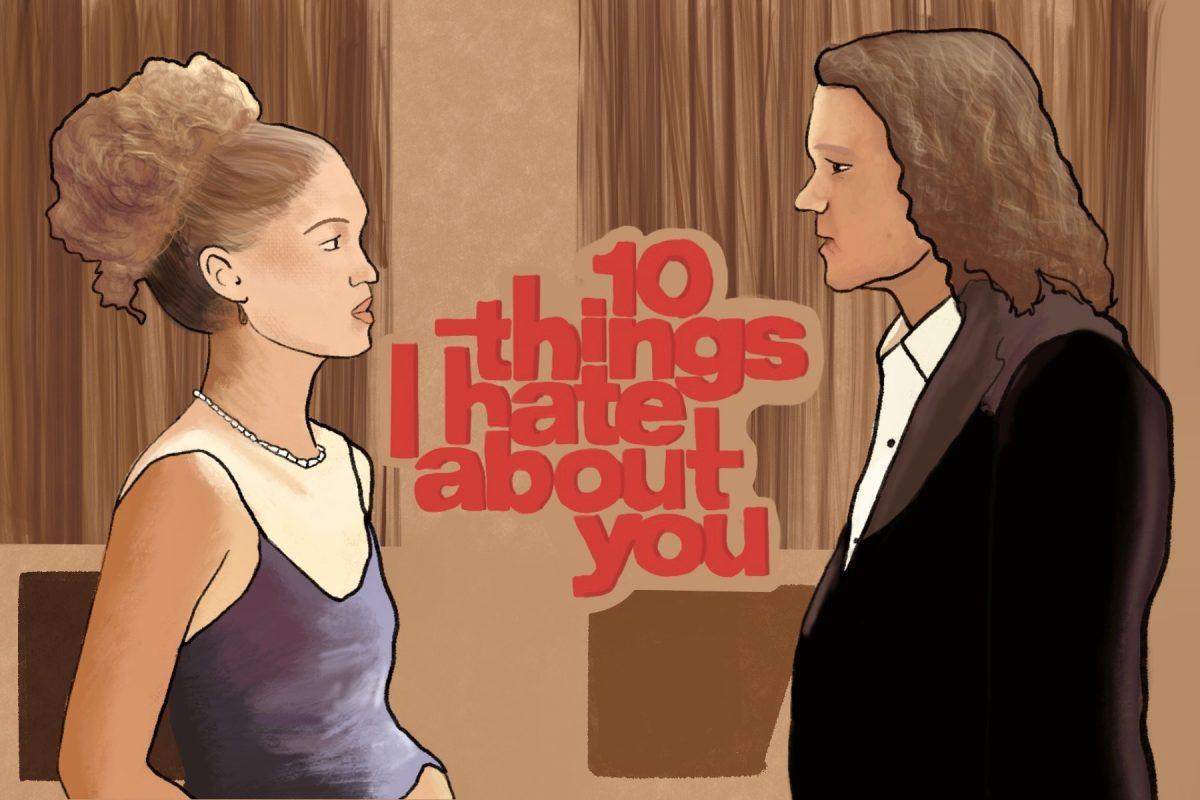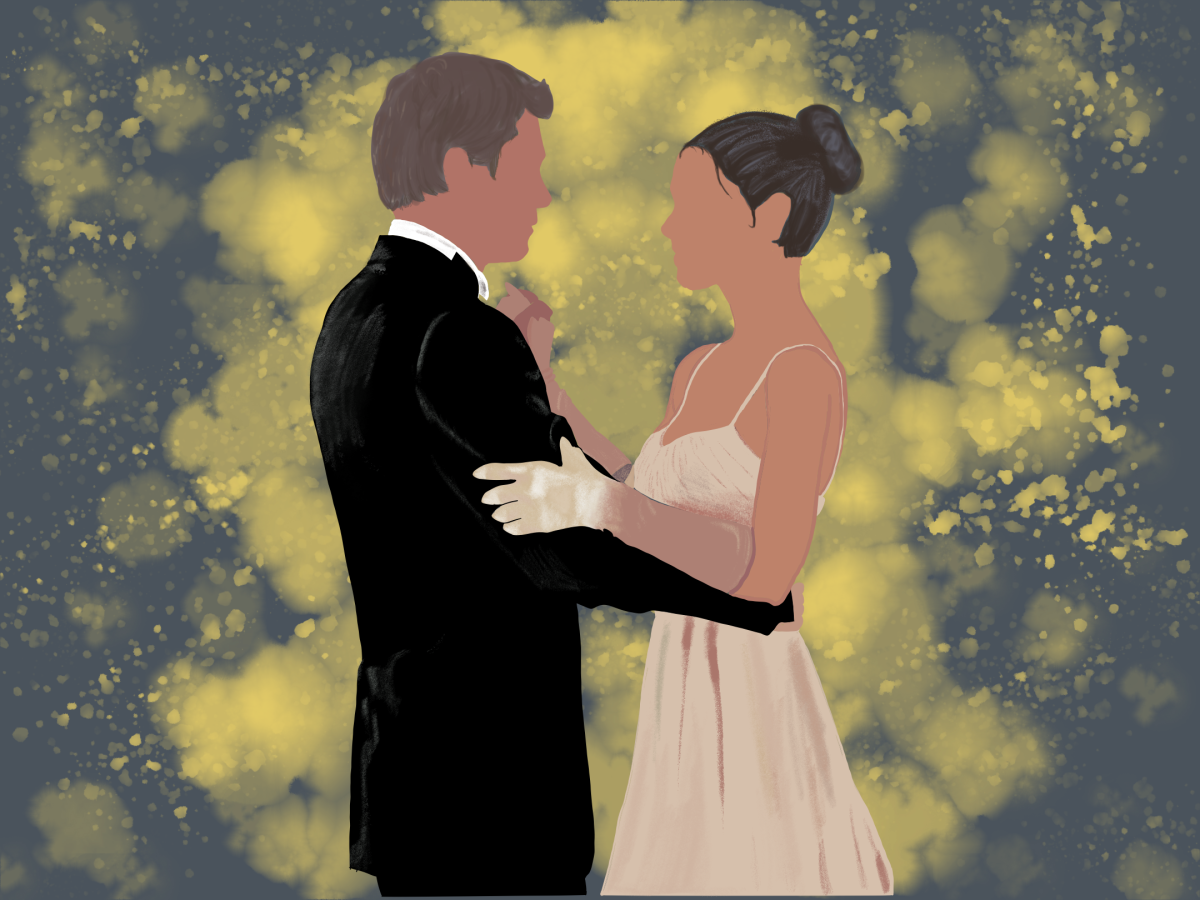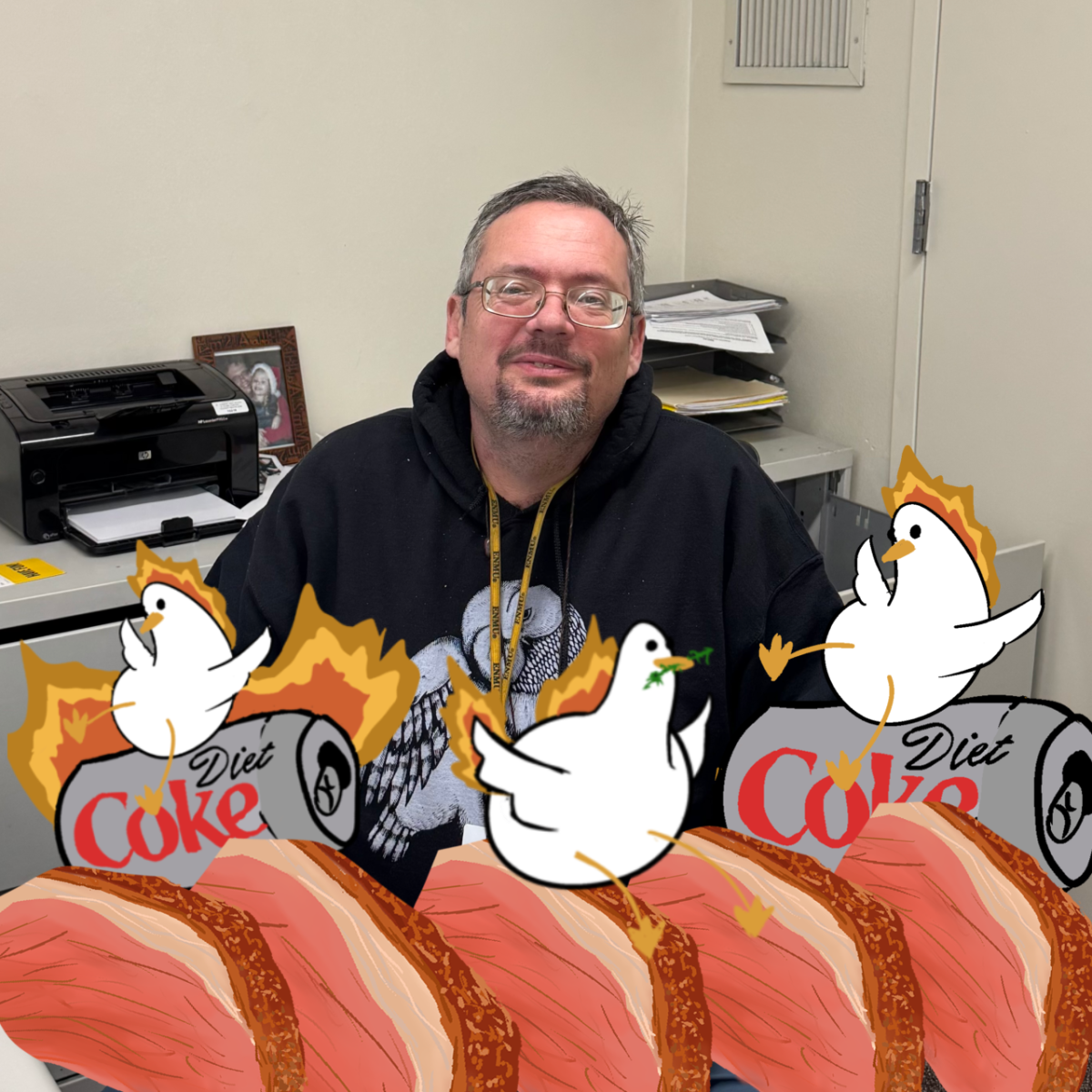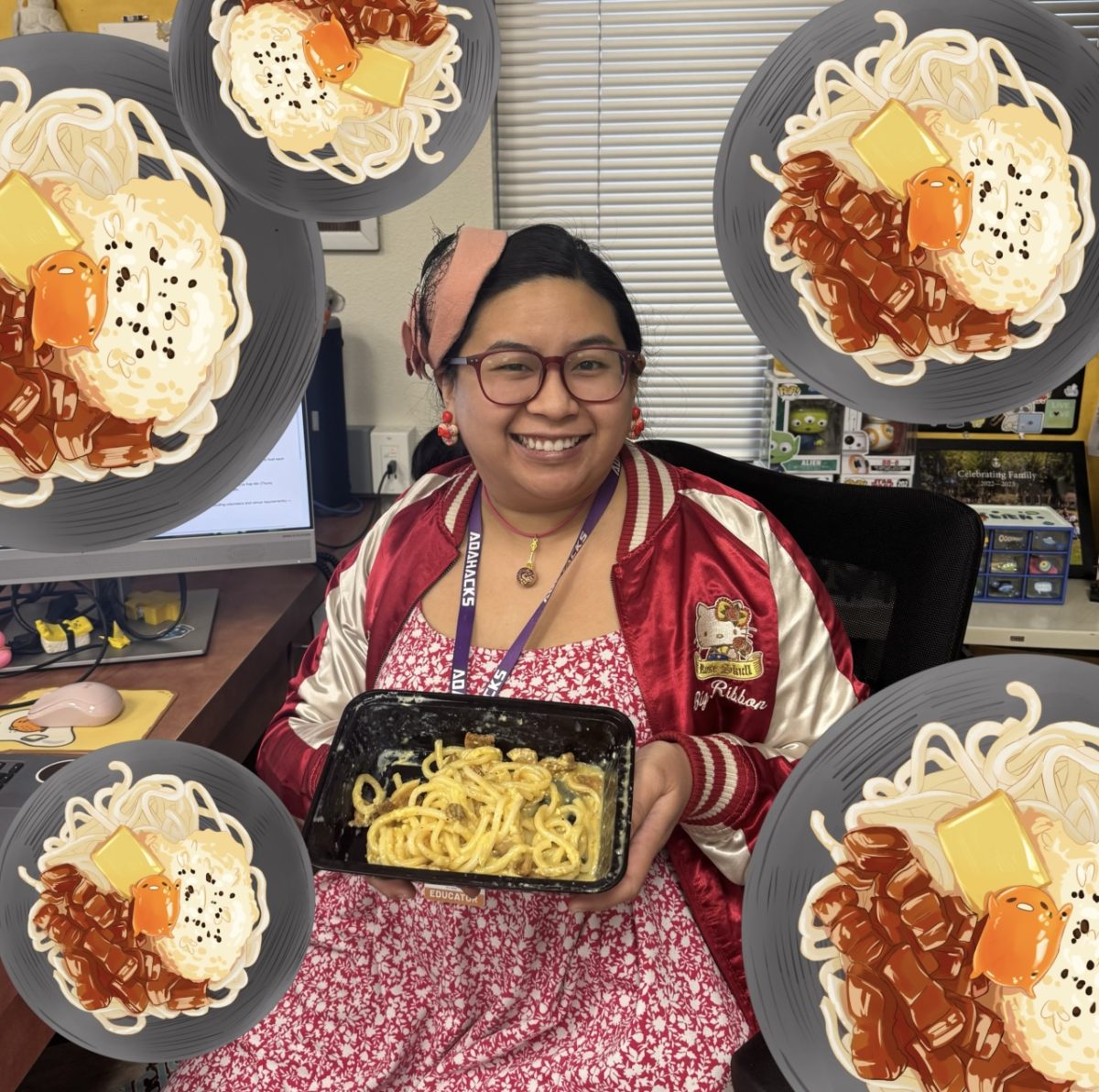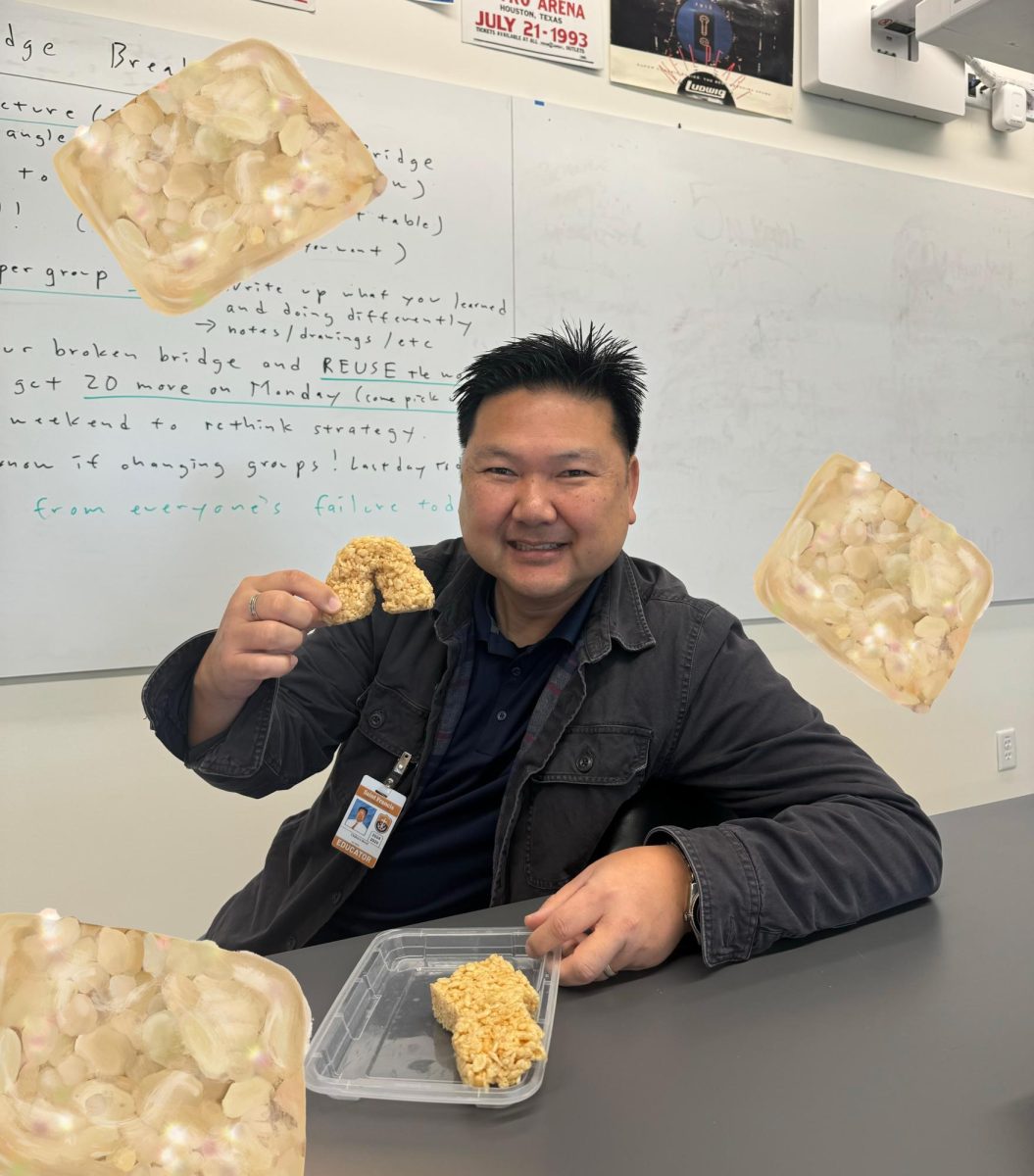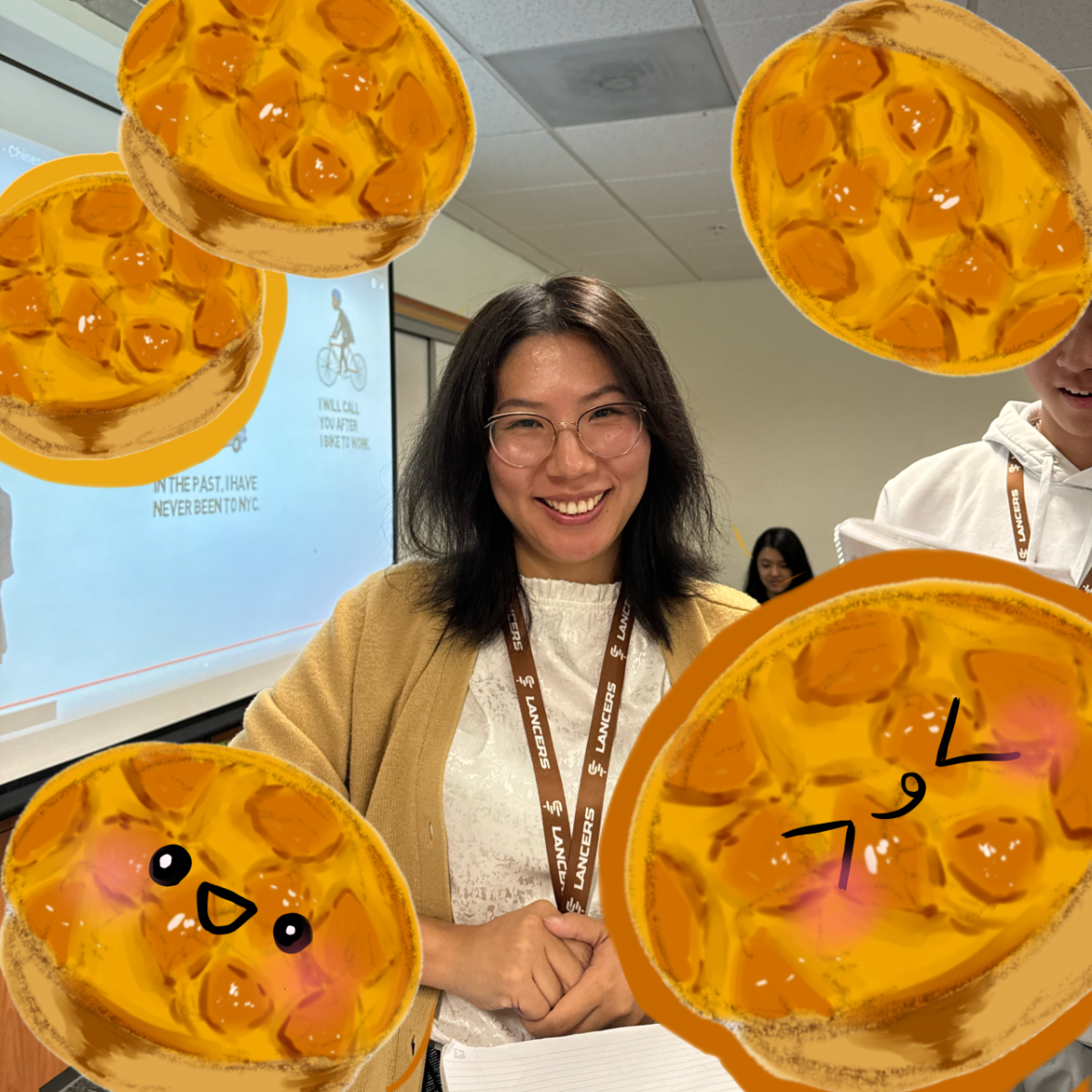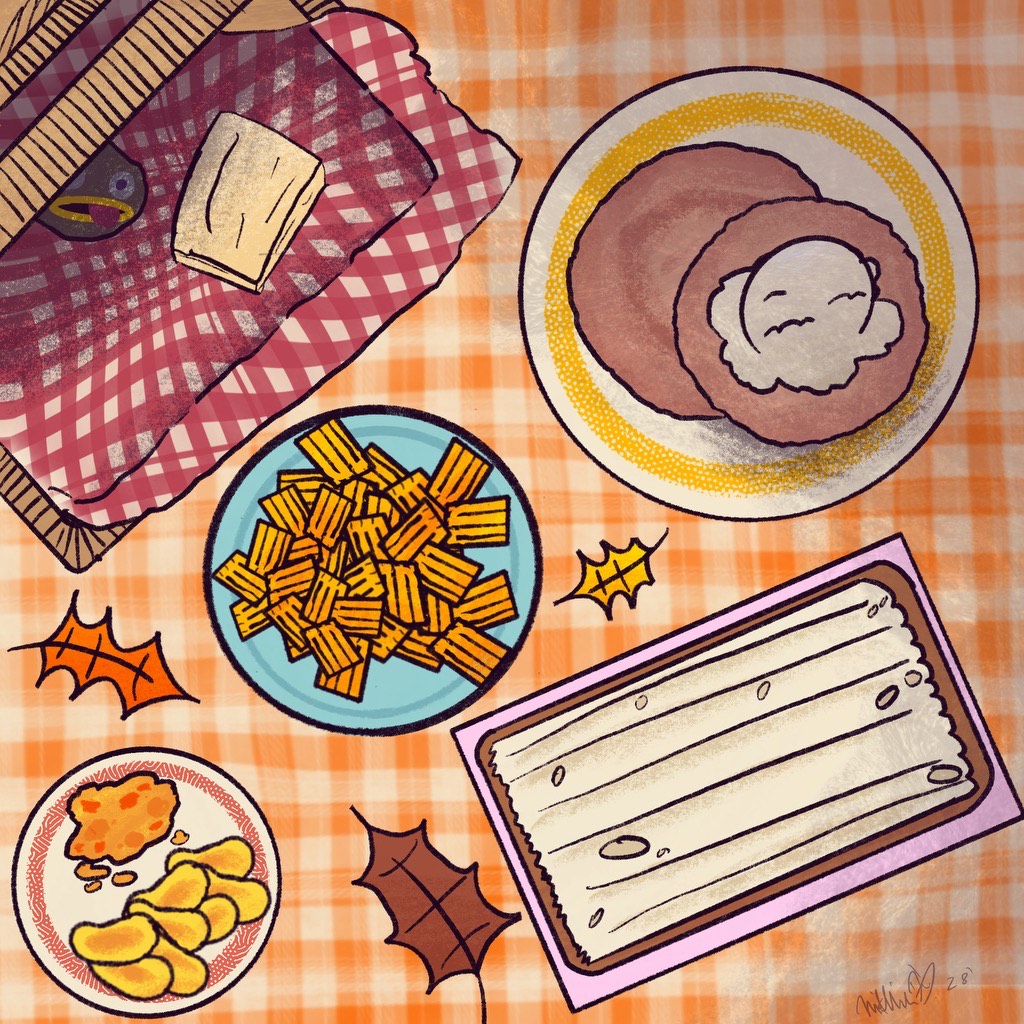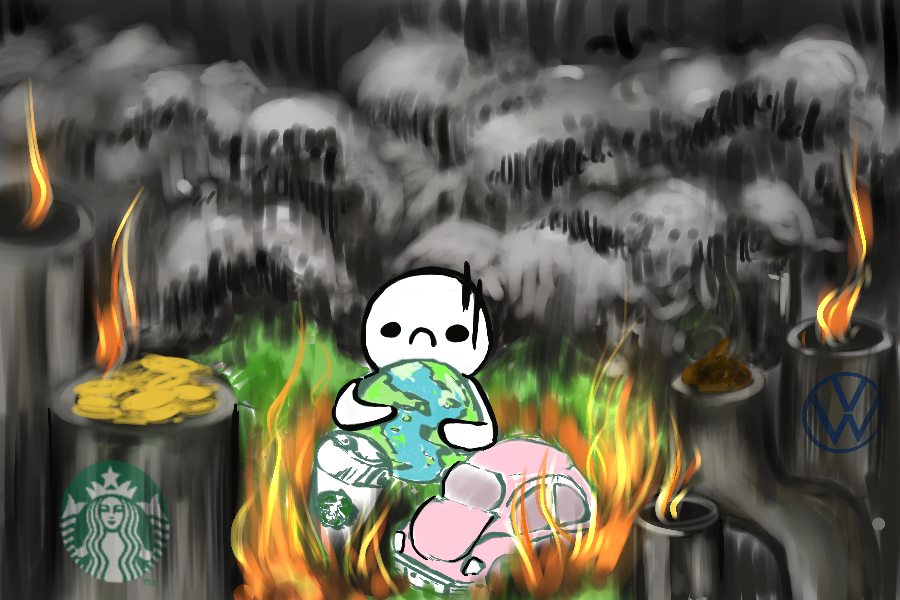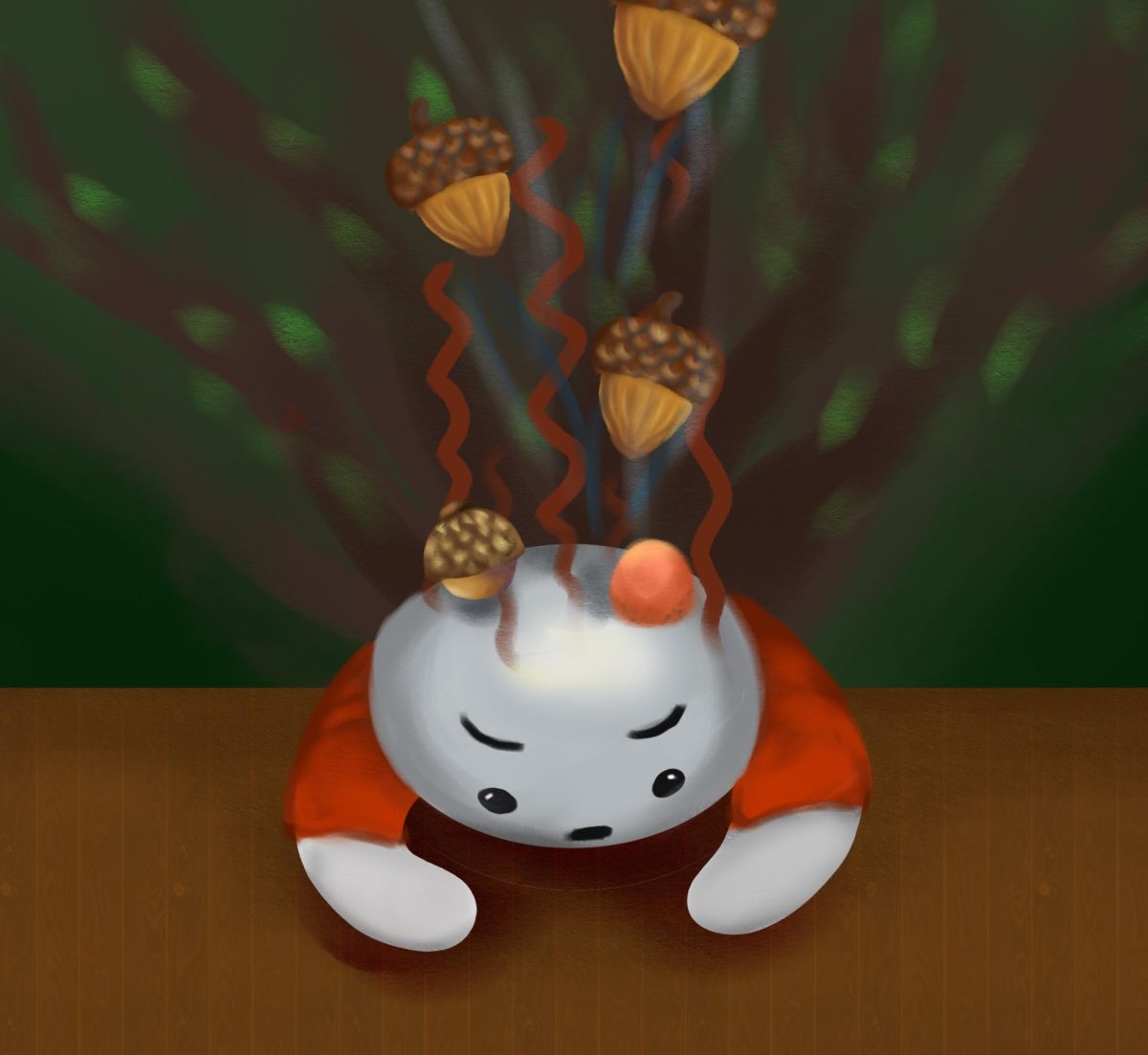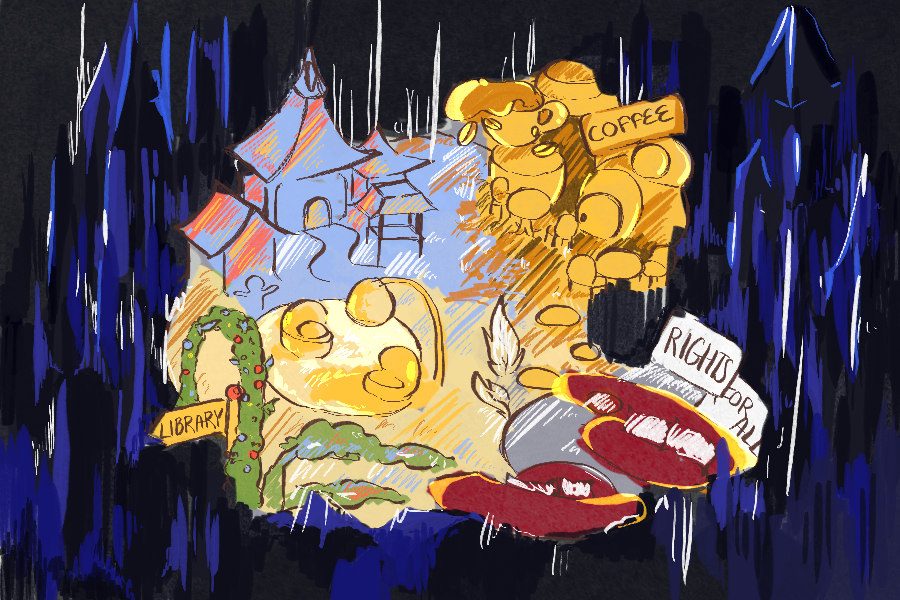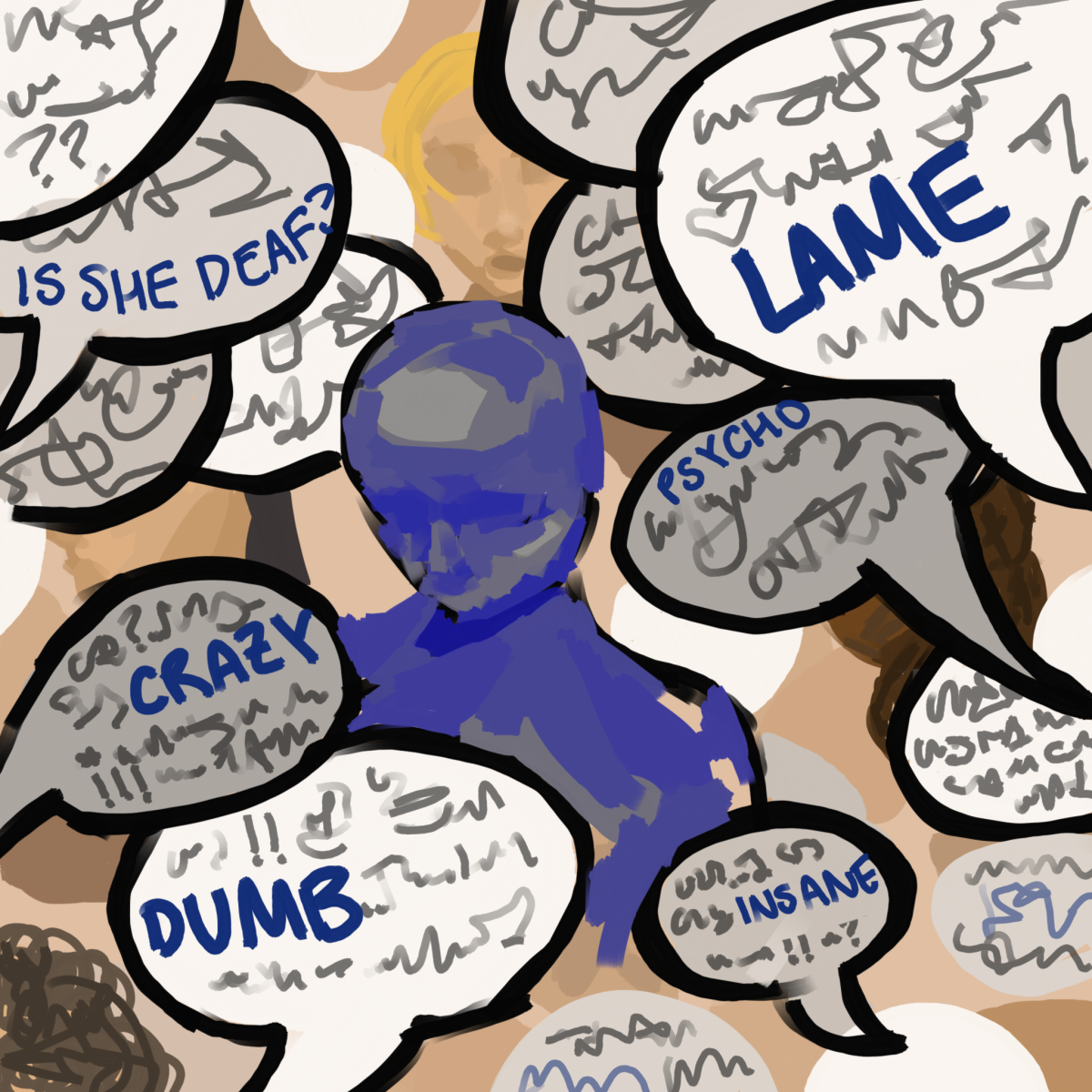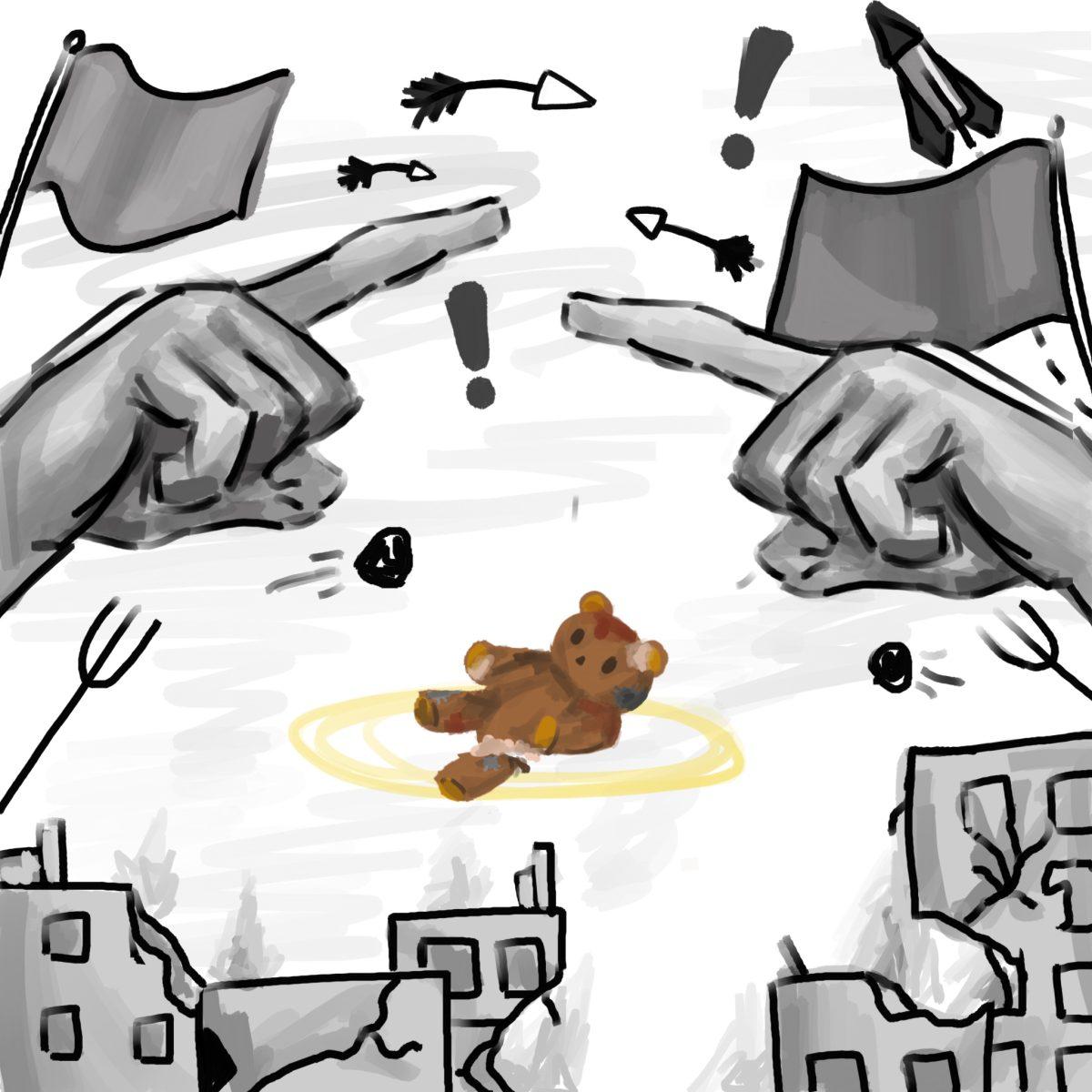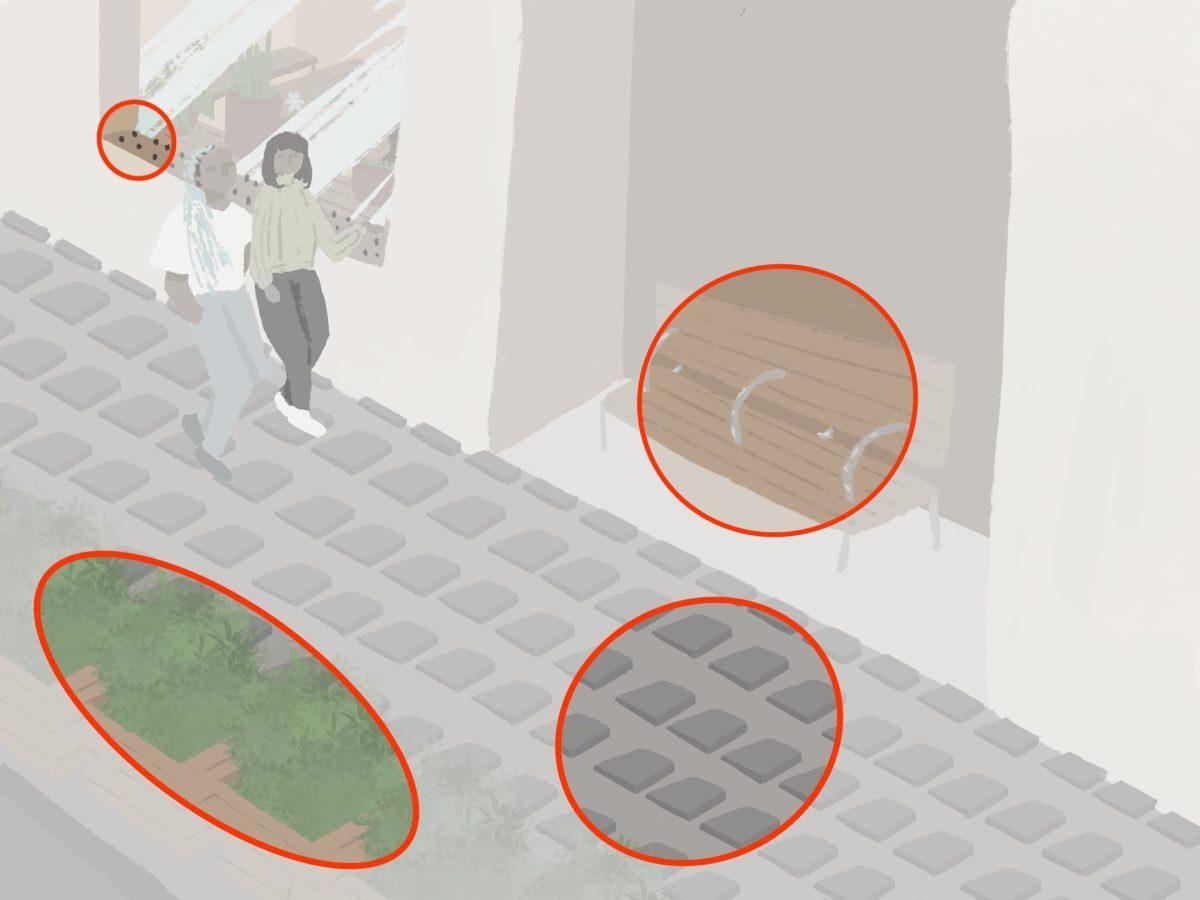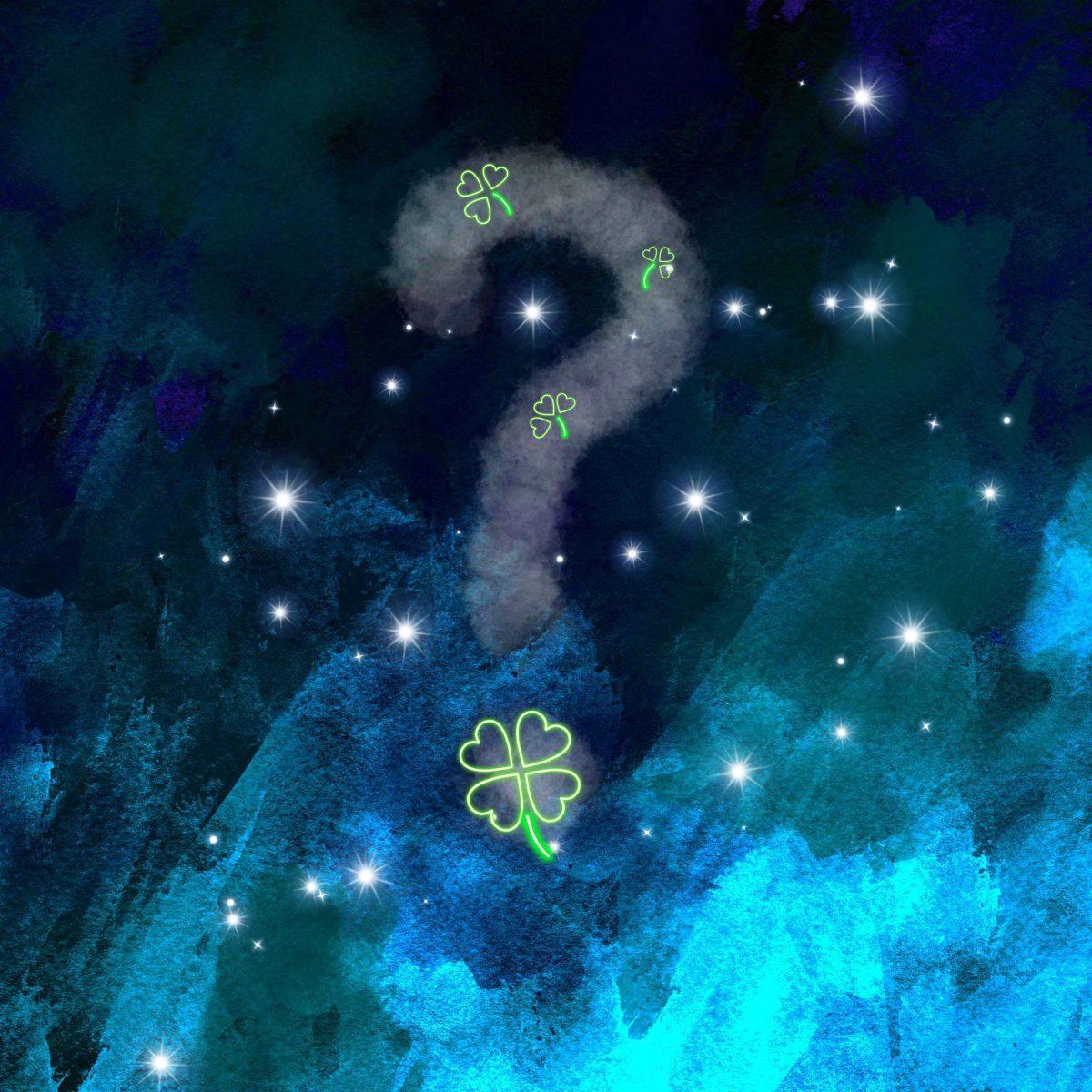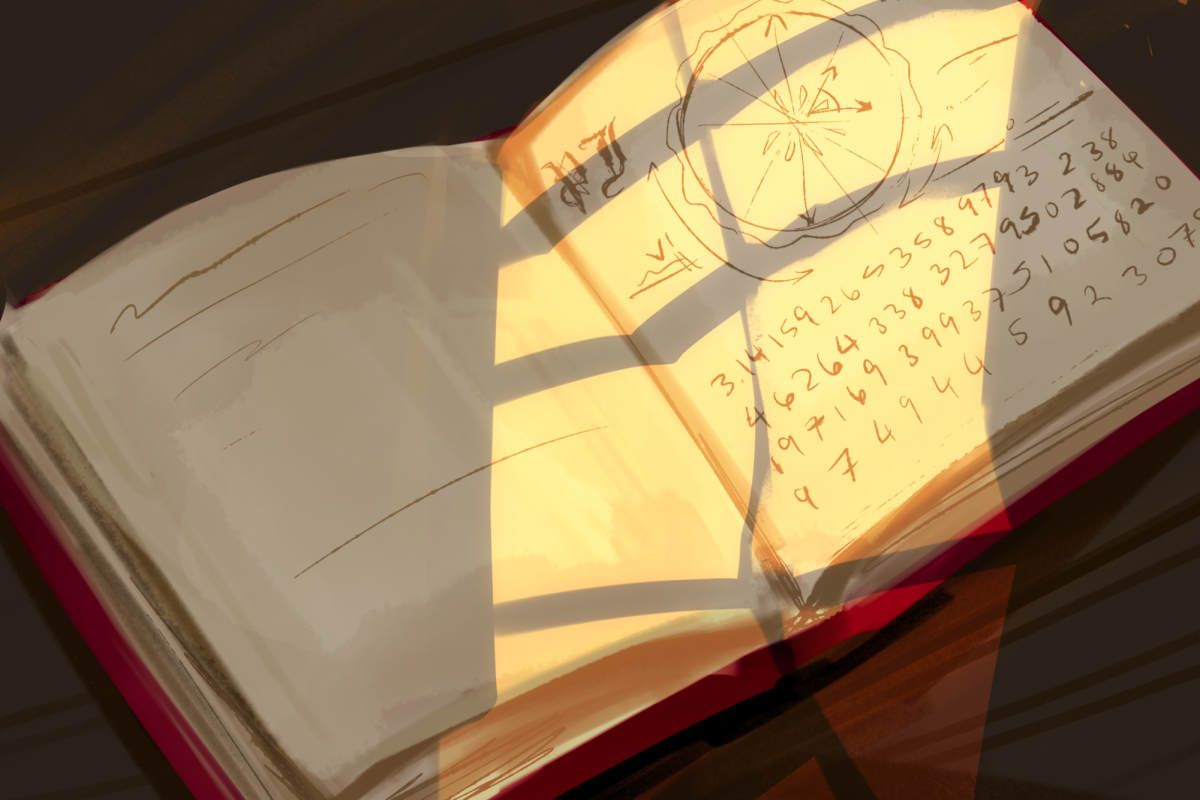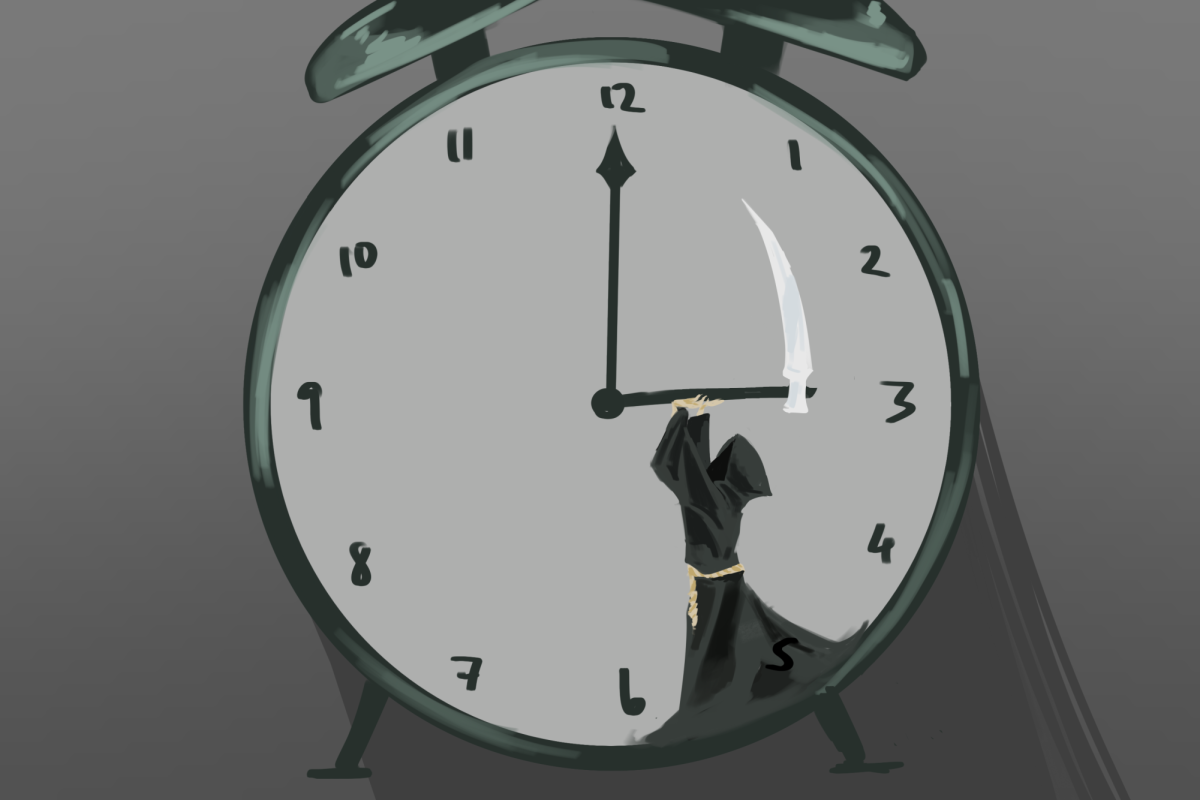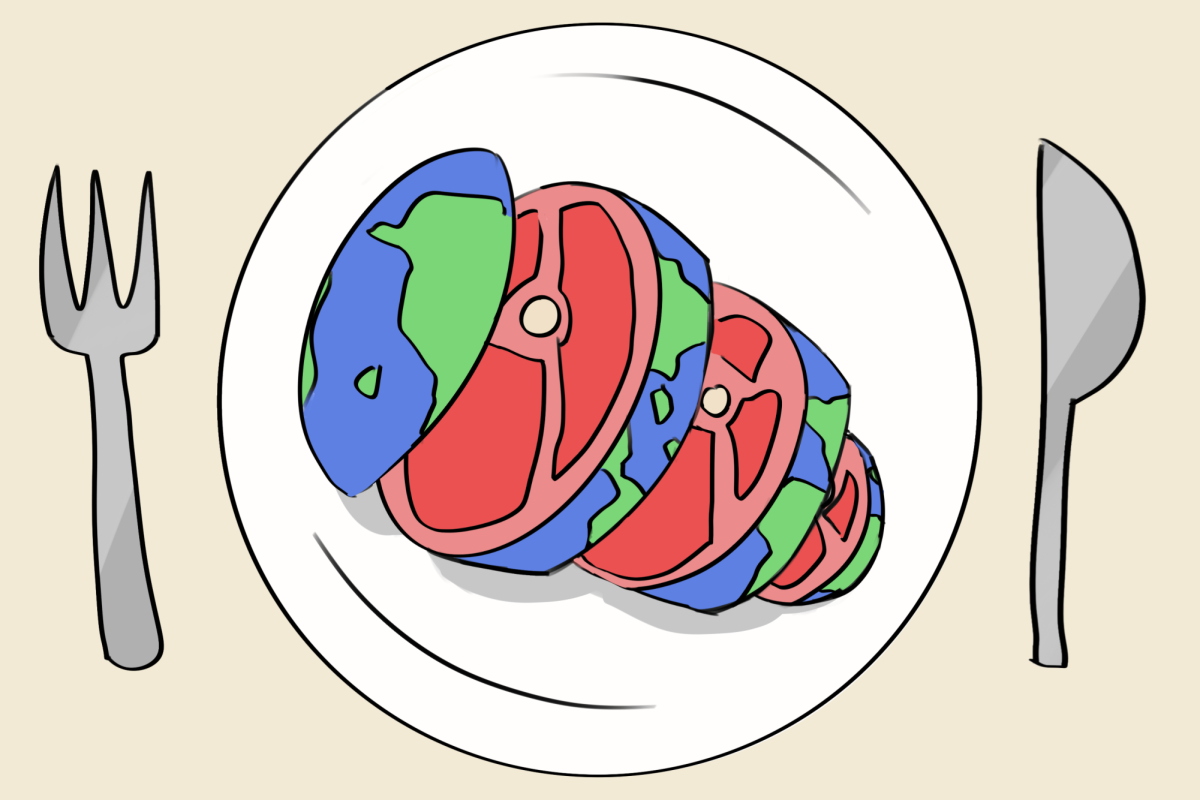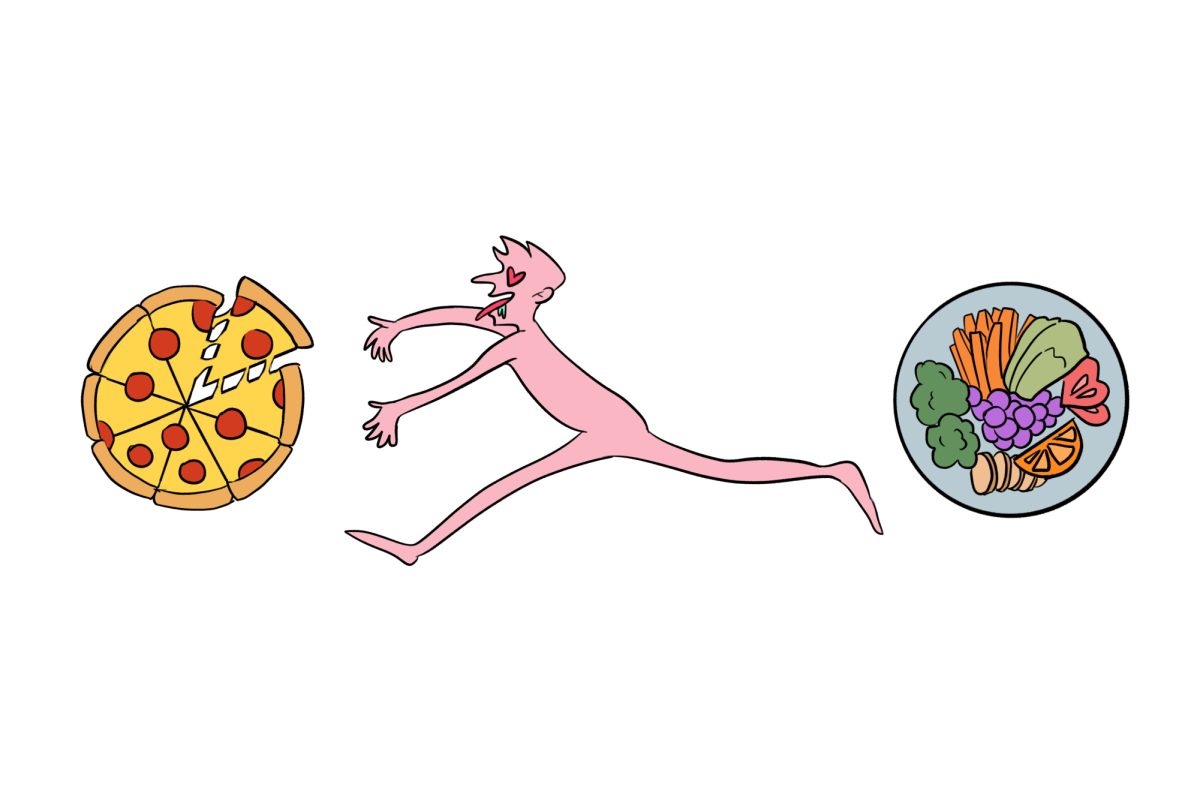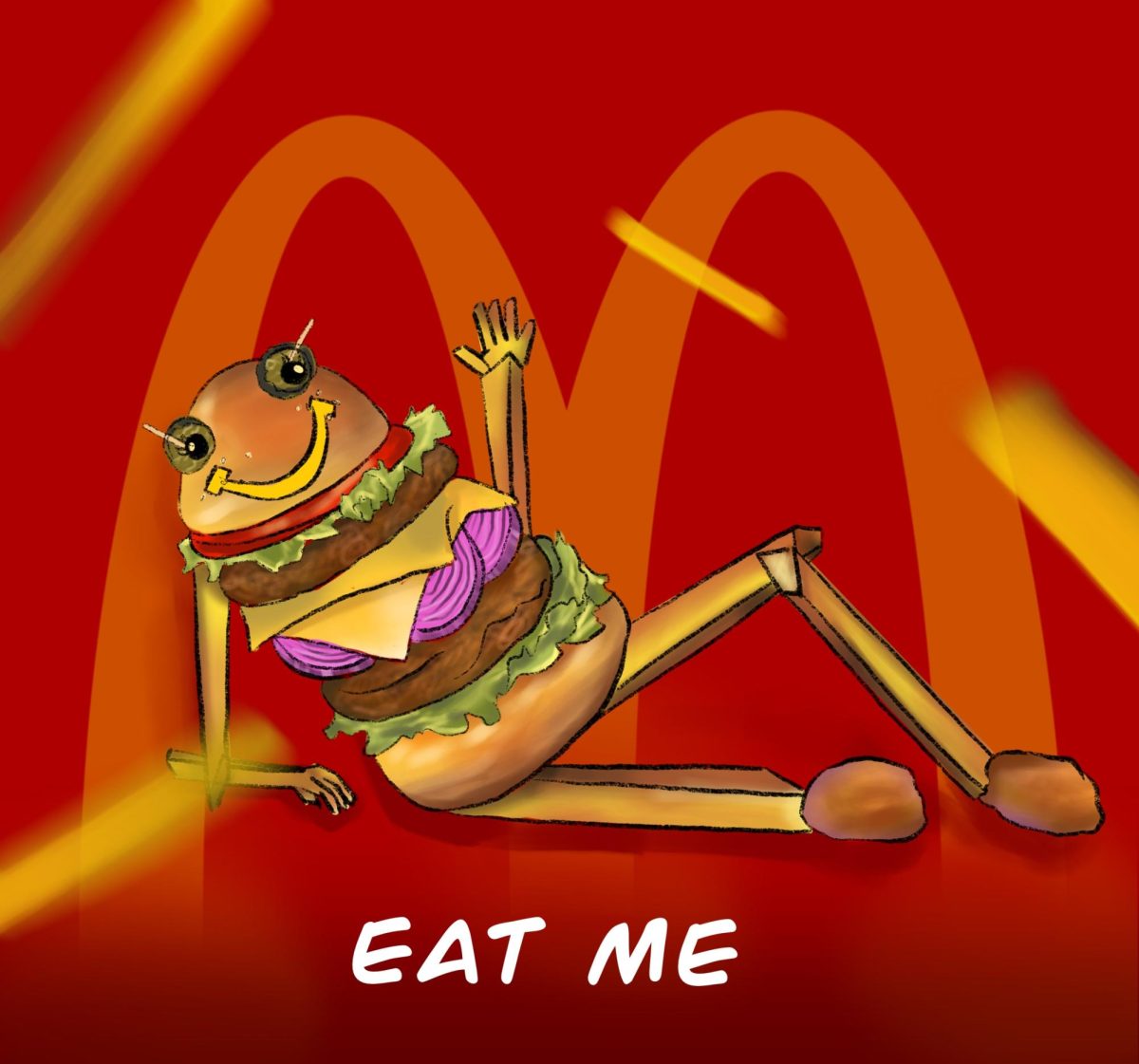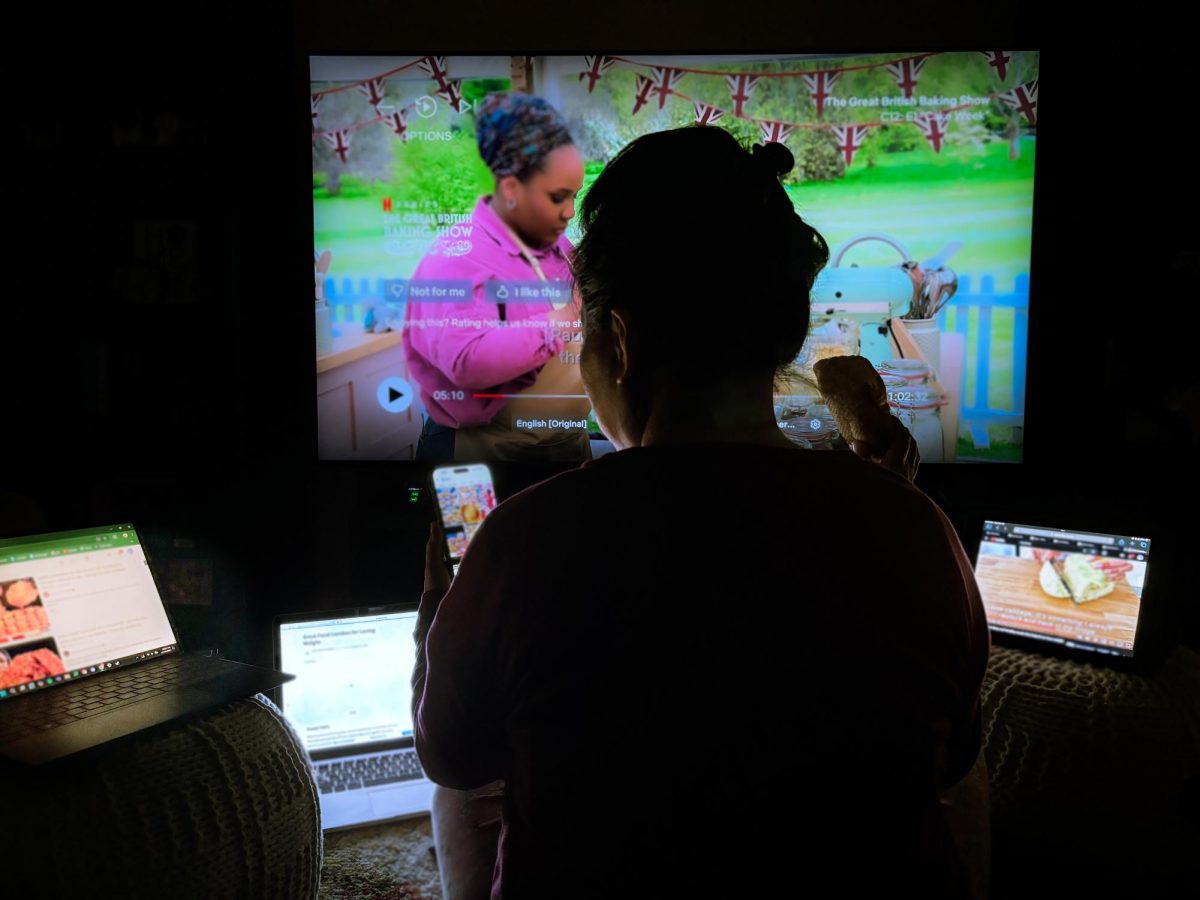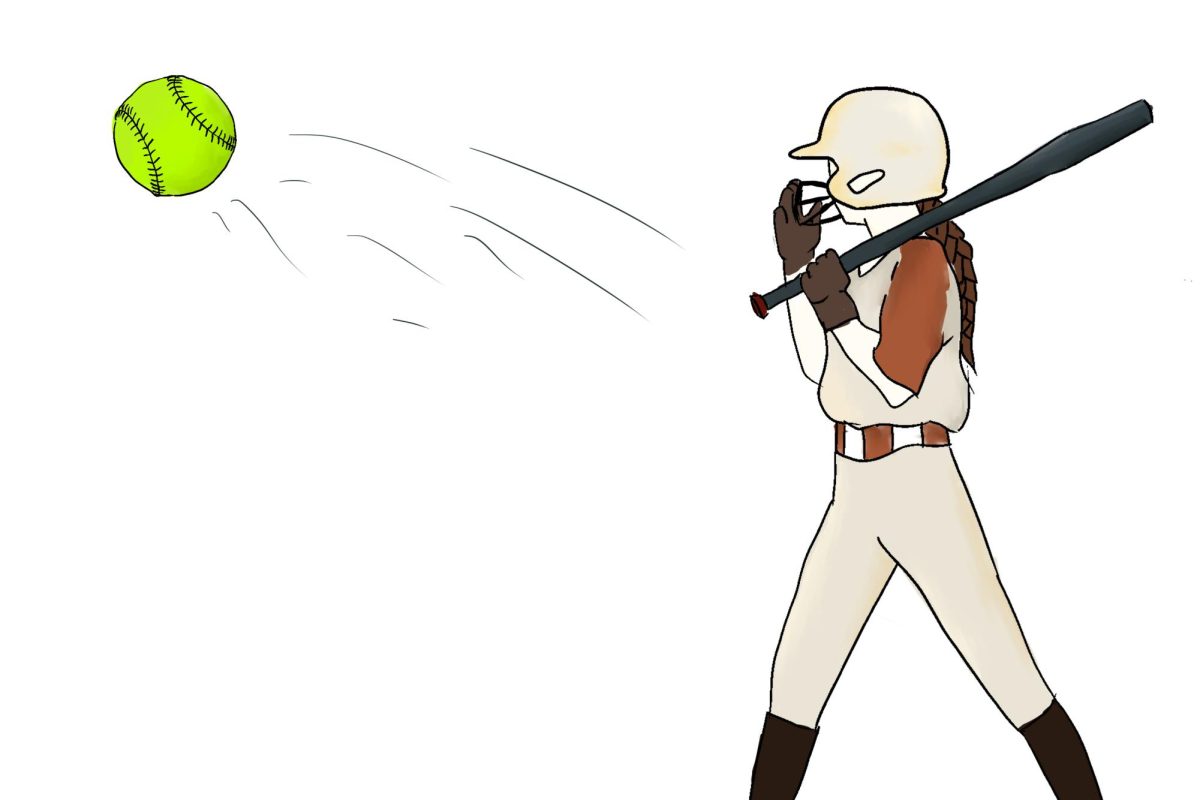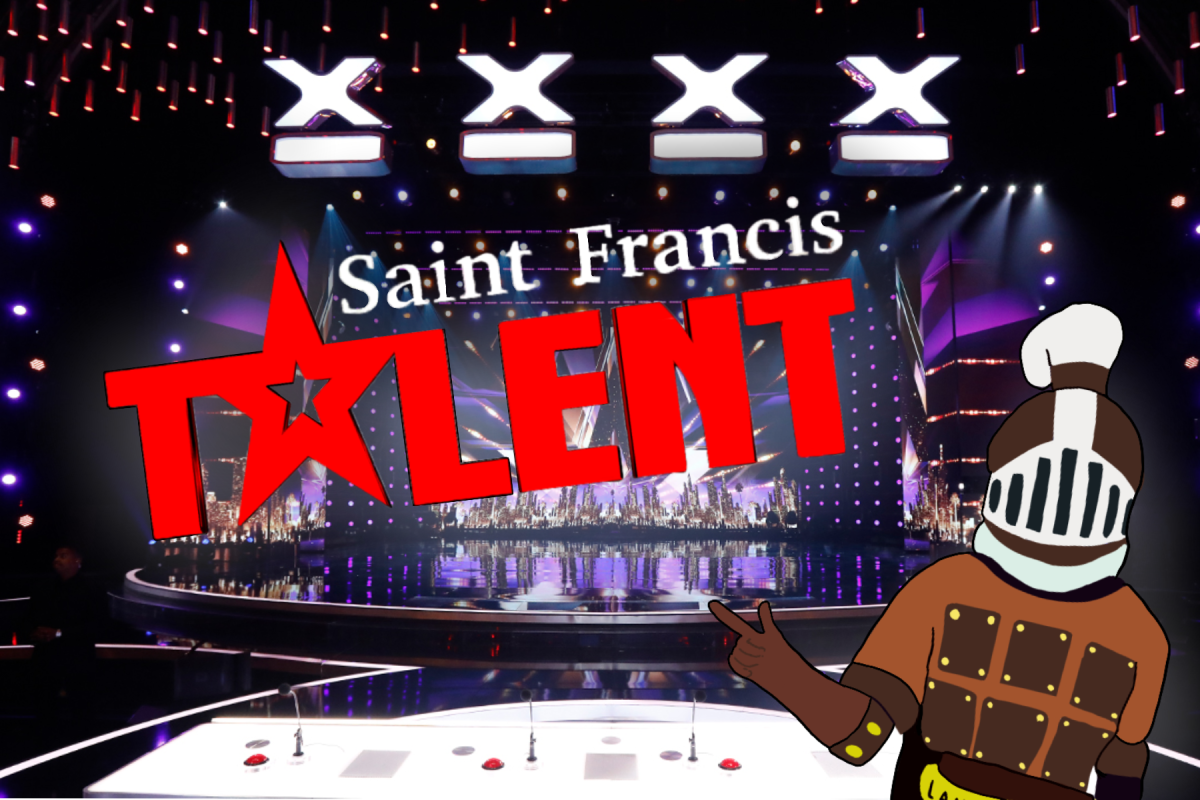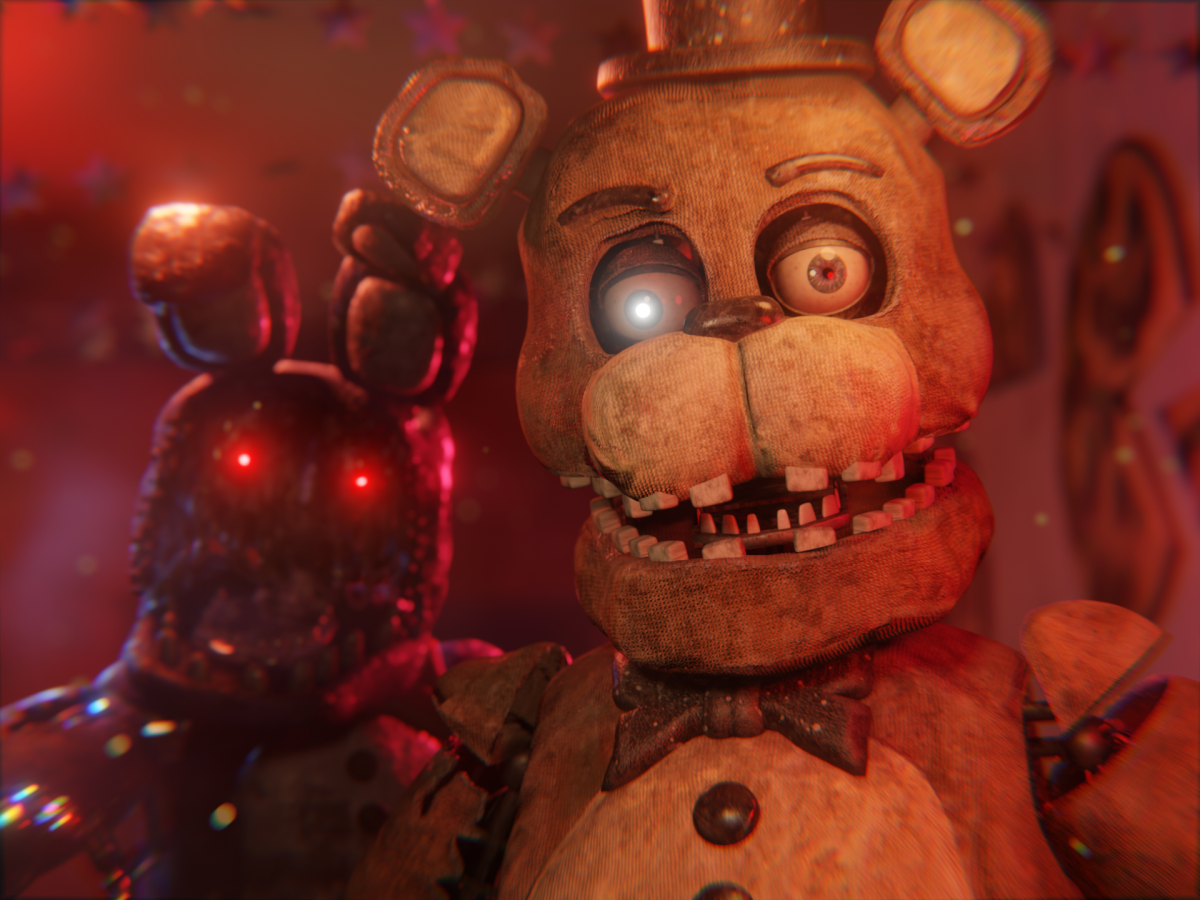by Sophia Tran (’24) | February 2, 2024
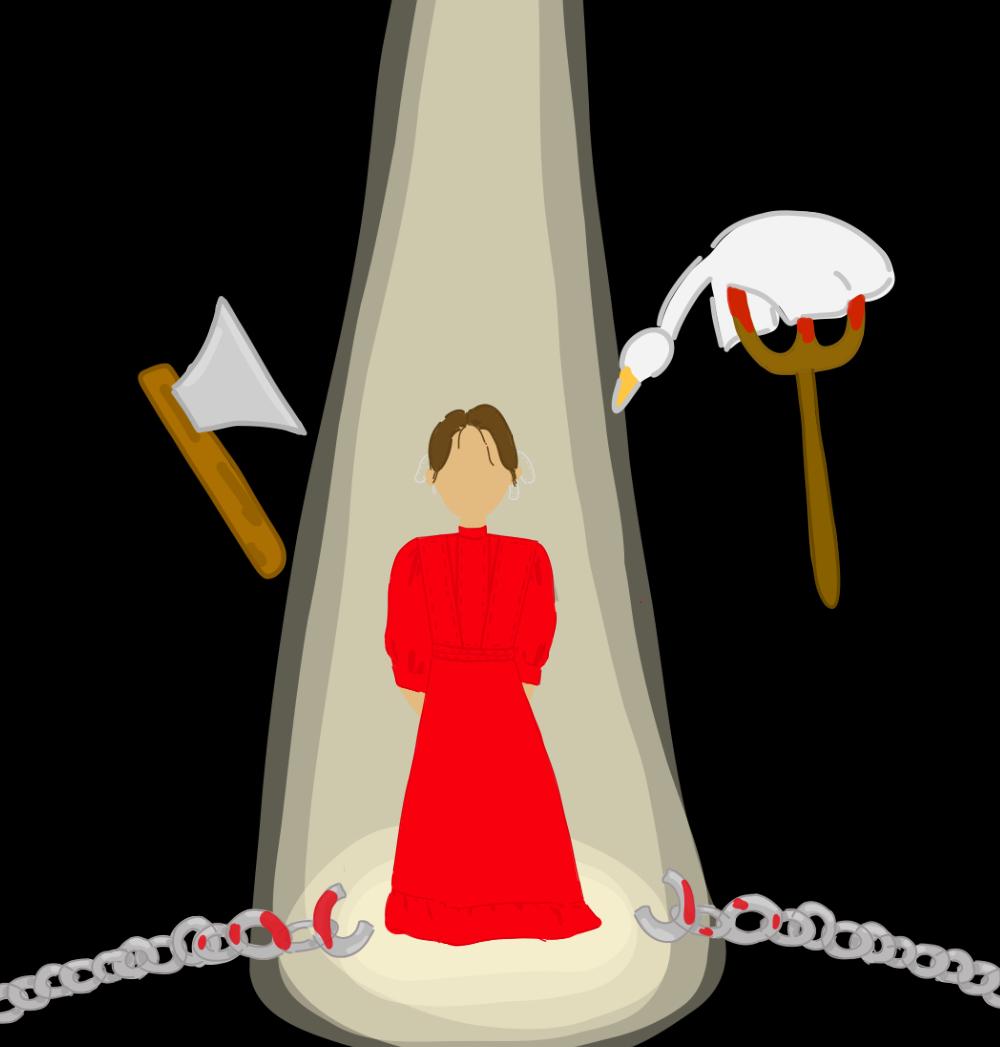
This article contains spoilers.
When a sweet Southern teen is able to scare you with her two-minute long smile, you know it’s going to be a memorable film. The 2022 horror film Pearl introduced to me my first pitchfork-wielding teen killer with a boatload of family drama. The movie presents a new kind of character, blurring the lines between villain and victim.
The movie is set in 1918, and the main character Pearl, a seventeen-year-old girl, lives on a secluded Texan farm alongside her German mother and paralyzed father. Pearl has one goal in life: to leave the farm and become a movie star. Honestly, I liked Pearl at the beginning of the movie. She was a relatable protagonist with a strong-willed nature, constantly working toward her dreams by performing in front of her mirror and dancing 24/7 on the farm. Although I found her performances mediocre at best, I appreciated how she continued to perform for her barn animals despite her mother’s complaints.
“Complaints” is the nicest way to describe her mother’s passive aggressiveness and thinly veiled hatred for her daughter. Aside from forcing Pearl to assume full responsibility over her paralyzed father, she constantly calls Pearl “selfish” for following her dreams and forbids her from visiting the town. However, unbeknownst to Pearl’s mother, Pearl has been visiting the town to learn about an exciting opportunity: the local church auditions for a famous cabaret show. One girl in the town would be selected to join the traveling caravan. Unsurprisingly, Pearl intends to do everything she can to get the part.
By this point of the film, I had started to grow wary of the innocent-looking Pearl. Although her goals seemed rather straightforward, her actions foreshadowed a much darker future. One of the first red flags was when she stabbed a goose with a pitchfork after it intruded on her dance routine. Strangely enough, I sympathized with Pearl throughout all of this. Despite Pearl’s sinister taste for murdering barn animals, her emotionally neglected and socially isolated state helped me to understand her warped personality. As a farm girl living in the middle of nowhere, Pearl was trapped and completely shut out from the outside world.
I couldn’t say I was surprised when Pearl eventually murdered both of her parents in the hopes of making a new life as a performer, but I was certainly surprised by her mother’s last words. Moments before death, Pearl’s mother calls her out for her inherently “evil” nature and, interestingly, explains that she always knew Pearl would grow up to be a monster. This prompted me to question the nature versus nurture spectrum of murderers like Pearl. Initially, I believed Pearl’s downward spiral was a product of a toxic family dynamic which had warped an innocent young girl’s life. However, I had failed to recognize how the film had reeled me in with Pearl’s backstory, blurring my distinction between her narcissism and vulnerability. Her mother’s murder was purely an action resulting from Pearl’s insecurities, emotional neglect, and disorganized attachment. However, the killing of her innocent father allowed me to see her selfish side, the one that her mother had used to mark her as a sinful monster. Pearl was only committing patricide so that she could leave the farm without responsibility.
Through Pearl, I saw how evil is never exclusively a result of one’s nature or nurture. Although some could argue Pearl would have turned out a killer either way, I found a profound goodness within her even in her darkest moments. Pearl does not kill for enjoyment; she kills with intention, and that intention was to establish a sense of control in a situation where she had none. Ironically, even after killing her parents, Pearl never is able to escape: she is not selected to be a part of the cabaret show, and she is still stuck on the farm, for better or worse. For the rest of her life, Pearl must always play the part of the faithful daughter, smiling and ignoring the fact that she had set her mother on fire and suffocated her paralyzed father. Ultimately, that is where the true tragedy lies—the performer must keep dancing, and the show goes on.





